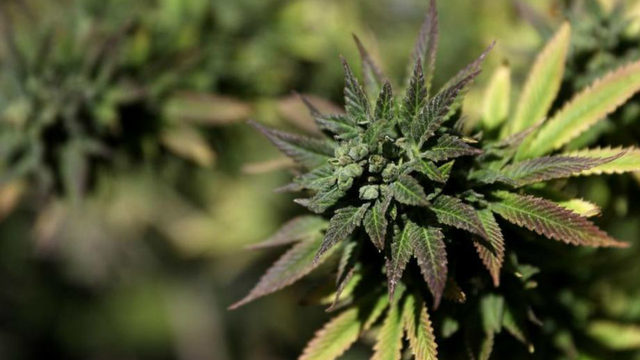Laws legalizing cannabis are spreading, and with it, products and media companies aimed at the growing market. Still, the excitement is tempered by the frustration they encounter when using big tech to reach an audience and monetize it.
The growing number of cannabis-related media outlets are running into problems when it comes to audience development, since common tactics on big platforms, like buying ads on Facebook and Google, are closed off to them. These weed publications also need to tiptoe around unclear rules about what content is allowed to be distributed. What’s more, since cannabis-related products are banned by Google’s and Facebook’s ad platforms, pot publishers themselves find it hard to fill ad space by plugging into the type of programmatic ad channels normal publishers rely on.
“There’s nothing easy about social,” sighed Drake Sutton-Shearer, founder and CEO of Prohbtd, an online cannabis culture publication with 145,000 followers on Facebook. “Facebook itself is such a challenging platform. You try to boost it and you can’t; it’ll be a blanket ‘violates terms of service.’ We’ve had discussions with Facebook. It’s hard to get a straight answer.”
It’s a similar story over at Facebook-owned Instagram.
“It’s so visual and a quick and easy way to connect with people,” said Anja Charbonneau, founder and editor in chief of Broccoli, a chic cannabis magazine aimed at women. At the same time, she said, “It feels like at any moment, Instagram can rip it all away from you.”
NowThis has cultivated an audience on Facebook and Instagram for its cannabis vertical NowThis Weed, but hasn’t been able to monetize it outside of doing a little-branded content here and there, said Athan Stephanopoulos, president of NowThis. But NowThis sees the weed vertical as a bet on a subject that’s important to its audience, he said.
“It doesn’t have monetization opportunities like others, but the politics of cannabis are changing every day,” he said. “We know it’s core to our audience, so without overextending ourselves, we’re making a bet on the future.”
Cannabis publishers have similar challenges using Google for discovery and monetization since Google bans cannabis ads.
“You can use Google’s marketing platform but when buying AdWords, they more often than not flag the click destination. There are strategies around this, but they require an investment in time and money and when you’re just looking to validate something it can be more trouble than it’s worth,” Sutton-Shearer said.
Ahead of Canada legalizing cannabis, Facebook just ended a block on cannabis and related search results for Facebook pages. For cannabis publishers to come up in search, they have to be verified, which Facebook says takes a week on its end.
“The shadow-banning and advertising ban and the fact they can’t boost posts affects a lot of businesses in this space, regardless of their particular bent,” said Morgan Fox, media relations director for the National Cannabis Industry Association, an advocacy group that represents the cannabis industry and advocates. “With no brick and mortar store, media companies are even more impacted.”
Late last month, the NCIA started circulating a petition calling on Facebook to start treating marijuana companies like any other businesses; it’s still waiting for Facebook to respond.
Cannabis publishers are forced to tiptoe around the platform bans, figuring out a way to come up to them without stepping over the line. On Facebook, Prohbtd creates “a ton” of branded content for weed companies, aware that “if it feels too much like an advertisement, you’re gonna get flagged,” said Sutton-Shearer. In addition to branded content, it started creating serialized content and integrating brands into it.
Publishers may not have the problems of weed vendors who are overtly selling product, but even they find that certain calls to action or imagery alone will get them flagged. The solution there is to lean toward lifestyle content. Prohbtd has tried to boost posts that were purely educational and seen them flagged, so it’s trying to do more posts like these reviews like this of Alexander Wang accessories that have just a tangential connection to pot.
Broccoli keeps a low profile on Instagram, where it has 41,000 followers. If it shows marijuana at all, it sticks to pretty photos of plants or elegant edibles and stays away from showing bud. Broccoli doesn’t pay to boost posts on Instagram, lest the posts be shown to people who might take offense.
“Buds, that seems to be the thing people don’t like,” Charbonneau said. “It seems to be, the more direct you are about cannabis, the more likely you are on the radar to be deleted.” Still, get too far away from cannabis content and it misses the point. “People love when we share stuff that shows a cannabis plant. They’re like, traditional weed people.”
Still, Facebook’s policy means money left on the table.
“On Facebook, to get increased distribution, you got to pay to play,” Sutton-Shearer said. “We’ve got hundreds of thousands of dollars we can’t spend to promote branded content.”
Credit: digiday.com

